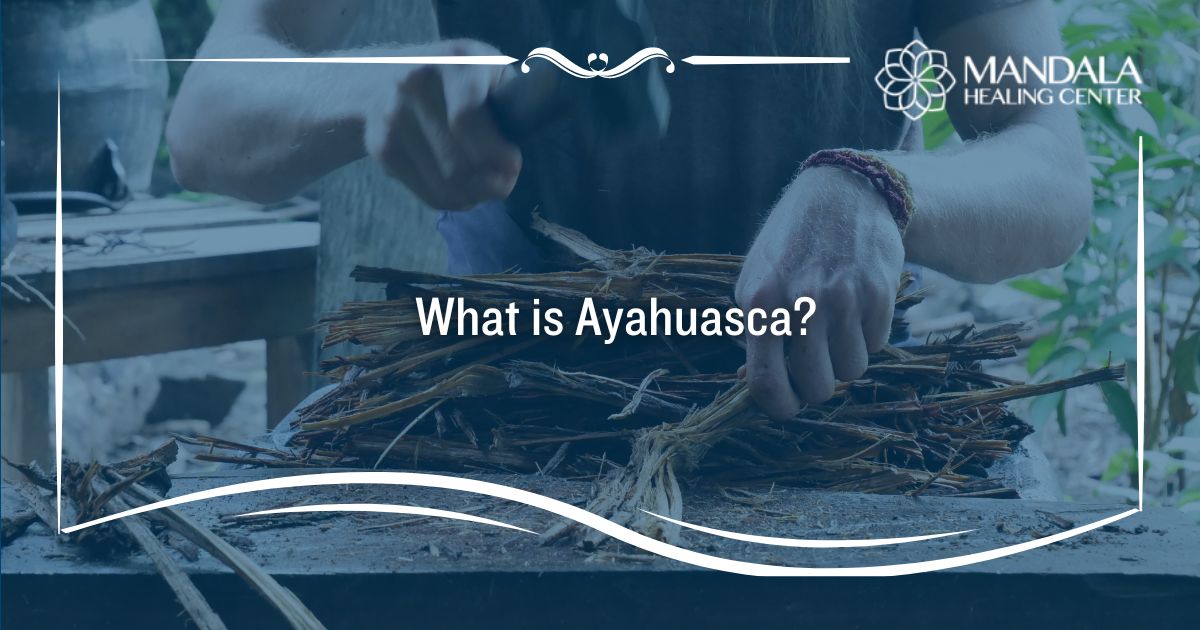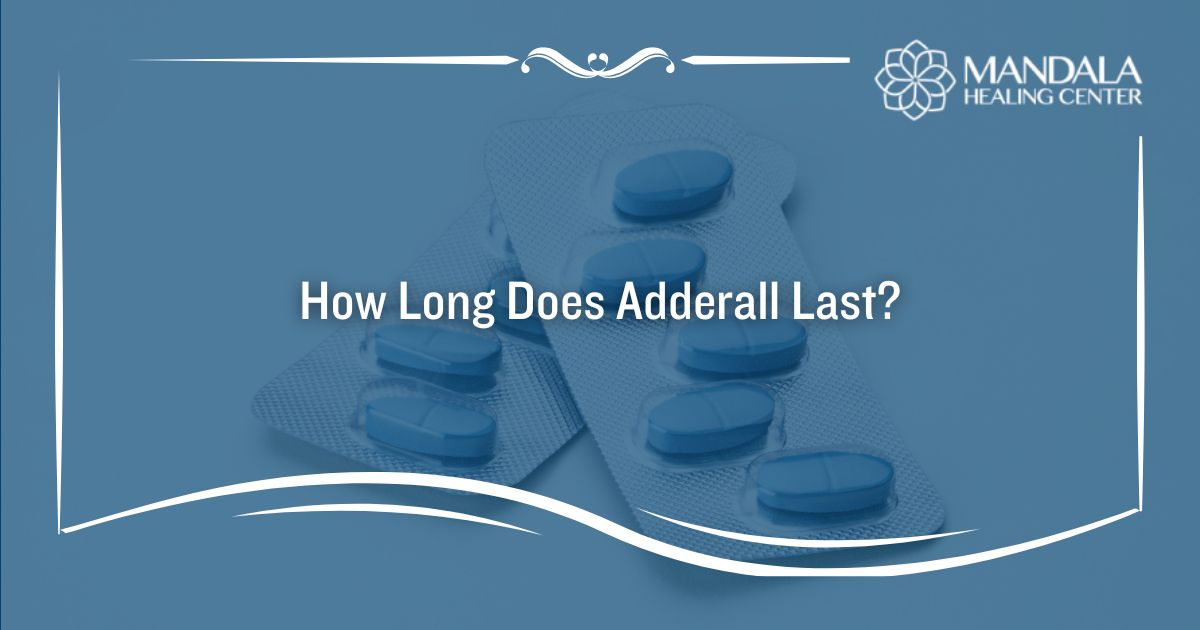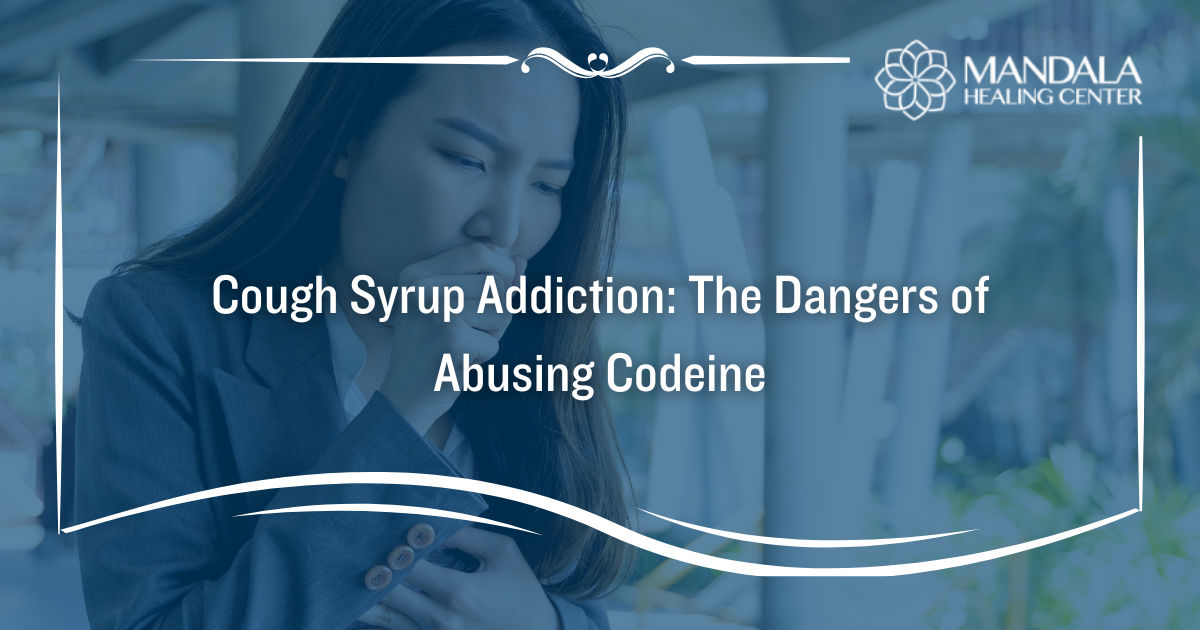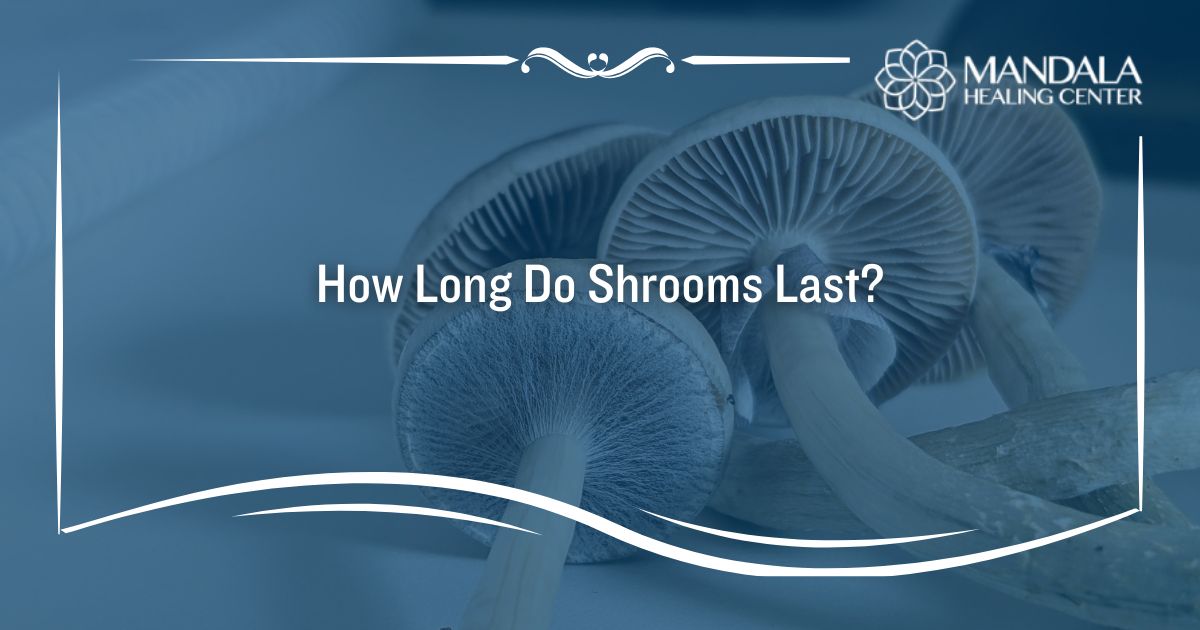Ayahuasca is a hallucinogenic drug that is becoming increasingly popular across the United States.[1] This substance is traditionally used by shamans for religious purposes in South America and is referred to as caapi vines or yagé. Yagé is consumed by these individuals during rituals to produce spiritual effects.
While yagé use was intended for shamans originally, it has become a practice that is shared with travelers and other people who are interested in a spiritual experience. Even though it is possible to have positive effects during an ayahuasca ceremony, it can also induce unwanted or negative side effects.
According to a study published in the National Library of Medicine (NLM), “Adverse mental health effects in the weeks or months following consumption were reported by 55.9%,” of the people who used ayahuasca.[2]
Being aware of what yagé is, the side effects it can cause, and the dangers of misusing it can help you determine whether you need substance abuse treatment.
In this article, you will learn:
- What ayahuasca is
- The side effects associated with yagé
- The dangers of abusing ayahuasca
- How the Mandala Healing Center can help you
What is Ayahuasca?
Ayahuasca is a tea made from two different plants: Banisteriopsis caapi vines (B. caapi) and leaves from a shrub called Chacruna (Psychotria viridis). The leaves from the Chacruna shrub contain dimethyltryptamine (DMT).
If you were to consume DMT on its own, it would not affect you. This is because an enzyme in your stomach called monoamine oxidase breaks it down before it begins causing effects. However, ayahuasca vines contain monoamine oxidase inhibitors, making it possible for you to experience the effects of DMT.
Indigenous cultures in South America have been using yagé for years, as they believe it has healing and spiritual powers. Over time, people in the United States have heard of yagé and its psychedelic effects. This has led people to begin traveling to South America and attend ayahuasca retreats hosted by shamans, to either have a spiritual experience or simply experience the psychedelic effects of yagé.
While the people hosting these retreats claim to be shamans, some of them are not religious leaders at all. They simply have access to the drug and want to make money off of foreigners looking to use it. This can be incredibly dangerous, as they might not have a lot of experience with dosing yagé, leaving people at risk of experiencing adverse effects.
Side Effects of Ayahuasca
If you consume yagé, you might notice a bitter taste. This drug is known to cause hallucinations and self-reflection and causes people to replay childhood memories. Like other psychedelic drugs, the effects of yagé can last anywhere from 4 to 10 hours.
The side effects of ayahuasca might include:[3]
- Feeling detached from your own thoughts and feelings
- Altered sense of space, time, body image, and perception of oneself
- Visual and auditory hallucinations
- Out-of-body experiences
- Brighter and more intense colors
- Disorientation and confusion
- Feeling out of control
- Experiencing euphoria or pleasure
- Negative emotions, such as grief, anxiety, anger, fear, or agitation
- Reliving painful memories or traumas
- Experiencing insightful thoughts or having an epiphany
- Nausea and vomiting
- Increased heart rate and blood pressure
- Tremors or seizures
- Dilated pupils
- Rapid eye movement
- Dizziness or coordination issues
- Respiratory arrest or coma
While it is possible to have a positive experience, adverse effects may occur. Ayahuasca consumption should not be taken lightly, as severe physical symptoms like seizures can occur. Additionally, you could develop lasting mental health problems that must be treated professionally.
Is Ayahuasca Dangerous?
The ayahuasca experience can vary greatly from person to person. Since it is a psychedelic substance, you might have a good time while another individual could experience fear, the recollection of traumatic memories, and dangerous physical effects.
Psychosis
The first risk associated with abusing ayahuasca is psychosis. If you have an underlying mental illness or are at risk of developing one because of your family history, you should pay attention to this. Ayahuasca can lead to psychosis when taken repeatedly, especially if you are prone to mental health issues.
The symptoms of psychosis include:
- Disorganized thinking or speech
- Detachment from reality
- Hallucinations and delusions
- Paranoid thinking
Hallucinogen Persisting Perception Disorder (HPPD)
Another danger of consuming yagé is developing a condition called hallucinogen persisting perception disorder or HPPD. This condition is caused by repeatedly abusing psychoactive drugs like LSD, shrooms, or ayahuasca.
HPPD causes you to experience hallucinations even when you are sober. These hallucinations might be flashbacks to the trip or psychedelic experience you endured previously.
The symptoms might include:[4]
- Hallucinations
- Visual disturbances like seeing halos or trails of light
- Symptoms that resemble neurological disorders like stroke
Serotonin Syndrome
Ayahuasca affects your central nervous system by increasing the amount of serotonin in your brain which can increase the risk of developing serotonin syndrome. This condition occurs when your brain is forced to release too much serotonin at once due to a medication or a drug.
The symptoms of serotonin syndrome may include:[5]
- Agitation and anxiety
- Restlessness
- Disorientation
- Excessive sweating and dehydration
- Hyperthermia
- Tachycardia
- Nausea and vomiting
- Tremors or rigid muscles
- Dilated pupils
- Abnormal eye movements
- Seizures
Find Help for Ayahuasca Abuse
If you or a loved one regularly abuses ayahuasca, it’s time to seek help. While it is unknown whether you can become addicted to it, you can become psychologically dependent. A drug rehab program like Mandala Healing Center can provide you with the tools and support you need to regain control over your life.
Contact us today for more information on how to get started.
References:
- National Institutes of Health (NIH): Trends in DMT and Other Tryptamine Use Among Young Adults in the United States
- The National Library of Medicine (NLM): Adverse effects of ayahuasca: Results from the Global Ayahuasca Survey
- The Alcohol and Drug Foundation (ADF): Ayahuasca
- The National Library of Medicine (NLM): Hallucinogen-persisting perception disorder
- The National Library of Medicine (NLM): Serotonin Syndrome












